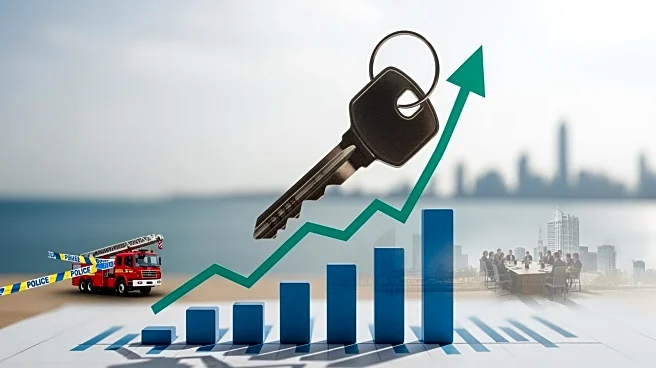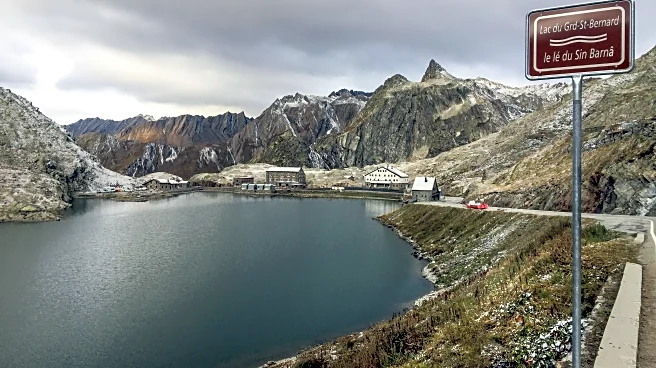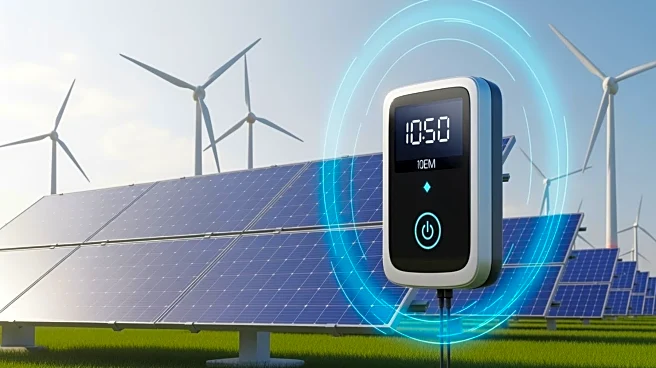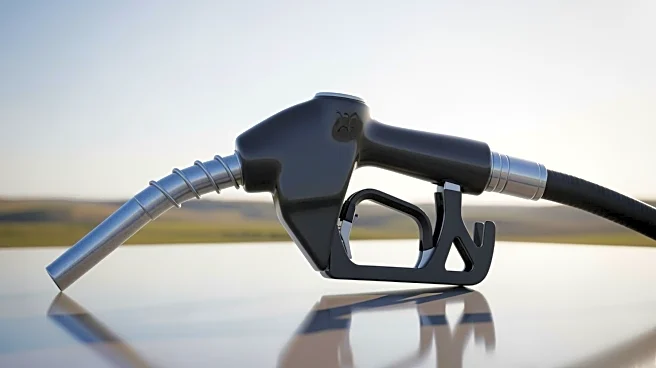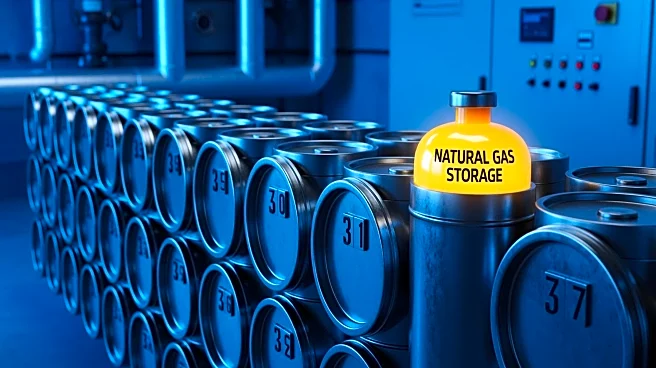What's Happening?
The U.S. Energy Information Administration (EIA) has forecasted an increase in electricity costs for Americans using electric heaters this winter. According to the EIA's report released on October 15,
electricity bills are expected to rise by an average of 4 percent from November this year to March 2026. This increase is primarily attributed to the anticipated colder winter temperatures, which will heighten the demand for electricity. The report highlights that while electricity costs are set to rise, the costs for other heating sources such as natural gas, propane, and heating oil are expected to decrease. Specifically, natural gas costs may see a 1 percent reduction, propane a 9 percent reduction, and heating oil an 8 percent decrease. The EIA's predictions are based on the assumption that this winter will be slightly milder than the previous one, particularly in the Northeast.
Why It's Important?
The projected increase in electricity costs is significant as it could exacerbate financial pressures on American households already facing rising healthcare and other living expenses. With 43 percent of homes in the South relying on electricity for heating, the impact will be particularly pronounced in this region. The potential rise in electricity bills could lead to increased financial strain for families, especially those with fixed or low incomes. Conversely, the expected decrease in costs for natural gas, propane, and heating oil may offer some relief to households using these energy sources. The EIA's forecast underscores the importance of energy cost management and the potential economic implications of fluctuating energy prices on American consumers.
What's Next?
The EIA's forecast suggests that if the winter is 10 percent colder than expected, electricity costs could increase by as much as 9 percent in the Midwest, with an 8 percent average increase nationwide. Conversely, if the winter is 10 percent warmer, the cost increase may be limited to 1 percent on average. These variations highlight the sensitivity of energy costs to weather conditions. Stakeholders, including policymakers and energy providers, may need to consider strategies to mitigate the impact of rising electricity costs on consumers, such as promoting energy efficiency measures or providing financial assistance to vulnerable households.


